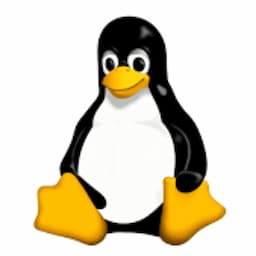Nous utilisons des cookies pour vous fournir l'ensemble de nos services, notamment la recherche et les alertes. En acceptant, vous consentez à notre utilisation de ces cookies.
Choisir mes préférences

Introducing the Linux kernel (architecture, compilation)
Introducing the kernel development API
• kernel module API
• char, network and block devices
• kernel support for PCI, USB and platform device
Introducing the device tree
Debugging and profiling kernel and drivers
A practical work is available for each item with a “star” (*).
Linux introduction
Introducing the Linux project
Licensing !
Linux (UNIX) architecture (user/kernel space)
Introducing “systemd”
Using Linux kernel sources
• Obtaining the source code
• Configuration
• Native (x86) and cross compilation (ARM) *
The kernel module API
Writing a simple “Hello World” module *
• The “init” and “exit” functions
• Writing a Makefile *
• Loading and unloading module using “kmod”
Module dependencies *
Using module parameters *
The char driver API
Module vs driver
Drivers categories (char, block, network)
Char driver syscalls (open, read, write, close, ioctl)
Registering a char driver *
Using kernel “classes” *
Using the CDEV interface *
Locking features (“spinlock” and “mutex”) *
Managing hardware
• Memory allocation *
• Interrupt handling *
• I/O ports and memory-mapped access *
• Memory mapping (the “mmap” system call) *
• DMA *
Writing a generic PCI driver *
Writing a simple USB driver (HID) *
Using the platform device/driver API for embedded systems
• Introducing the device tree (with the QEMU/ARM platform)
• DT syntax and examples *
• Using “configfs” to load a DT overlay *
A practical work is available for each item with a “star” (*).
The network driver API
Using Linux network
Introducing network drivers
The “net_device” and “net_device_ops” structures
Socket buffer (SKB)
Writing and testing the “faketh” dummy network driver *
The block driver API
• Block driver vs char driver
• The new “blk-mq” framework (Linux kernel 5.x)
• Writing a simple block driver (using ramdisk) *
Interacting with user space
Device node approach limitation (USB but no hotplug !)
Understanding “sysfs”
Using “udev” *
“Netlink” sockets
Writing and testing rules *
modalias (device / driver association) *
Using “udevadm”
Debugging drivers
Using GDB in kernel space (QEMU/ARM)
Debugging static kernel and module (.ko)
Profiling kernel and drivers with Ftrace (debugfs) -> trace-cmd
Linux developers, Linux projects managers
UNIX/Linux knowledge (using the shell !) / C language knowledge
Matériels :
The training materials are provided as an .ova (Open Virtual Archive) file. It is therefore necessary to install VirtualBox on the target machine used by the trainee. In order to save time it is advisable to pre-install VirtualBox before the date of the training. Full installation (in order to have an optimized screen resolution) requires installing the extension pack, see: https://www.virtualbox.org/wiki/Downloads.
Supported operating systems are:
Windows (XP or higher)
Linux
Mac OS X 10.5 or higher
CPU : i5 or better
RAM : 4Gb or more
Disk : 30 GB or more
Infos
Trouver le bon CACESComprendre l'habilitation éléctriqueMentions légalesConditions d'utilisationNous utilisons des cookies pour vous fournir l'ensemble de nos services, notamment la recherche et les alertes. En acceptant, vous consentez à notre utilisation de ces cookies.
Choisir mes préférences